Ottobre – Fabio De Poli
Borgo Museo | Affreschi 1975
ITALIANO | English below
La vita
Fabio De Poli nasce a Genova nel 1947, vive tra Firenze e Montecatini Terme. Nel 1964 frequenta l’Istituto d’Arte di Firenze specializzandosi in grafica pubblicitaria sotto la guida di Lucio Venna. Viene segnalato per la Biennale dei giovani di Parigi; partecipa a numerose e importanti rassegne d’arte, s'interessa al design, progettando «mobili-oggetto» e collabora, alla realizzazione della rivista «Visual». Nel 1981 cataloga le sue molteplici esperienze artistiche in una mostra intitolata Gulliver alla Galleria De’ Foscherari di Bologna, sarà la prima di una lunga serie di mostre personali e collettive che si susseguiranno in numerose città del mondo per tutta la sua vita. Fabio De Poli presenta pitture di grande formato, lavori di grafica, «libri d’artista». Inventa la rivista «Meta, parole e immagini».
La poetica
Fabio de Poli ha fatto della leggerezza il suo “marchio di fabbrica”, la sua pittura è gioiosa, le sue opere sono piene di colore, la sua arte “produce” sorrisi. De Poli crea soggetti universali, spesso rappresentati bidimensionalmente, in maniera semplice ma studiata. Le linee sono sinuose e i colori hanno toni vivaci, accesi e intensi. Il pittore seleziona con cura pochi dettagli della figura che immagina, e poi ai colori compone forme chiare e costruzioni salde, dove ritroviamo sempre un senso di leggerezza. Ritratti, magari scomposti, di volti umani, oppure animali, oggetti della vita quotidiana, talvolta in posizioni improbabili: il mondo di De Poli appare tanto caotico quanto chiaro e ogni suo segno è immediatamente riconoscibile.
L’opera a Castagno
Con la realizzazione dei 12 affreschi dei mesi, nel 1975 si creava il primo nucleo del museo all'aperto di Castagno. Anche De Poli, come altri artisti, si ritrovavano ogni estate in quel luogo, radunati dal critico d'arte Tommaso Paloscia. Gli artisti al termine dei loro lavori si autogiudicavano creando una divertente competizione tra pittori, e al vincitore spettava un prosciutto! Gli artisti diventavano quindi, per una volta l'anno, una grande famiglia riunita intorno a Paloscia. De Poli al momento della realizzazione dell'affresco era ancora inesperto di questa tecnica, infatti ha restaurato il suo stesso lavoro nell'estate del 2019. L'opera "Ottobre" raffigura un indiano d'America pellerossa, il capo-guerriero Nuvola Rossa. Negli anni in cui venne realizzato l'affresco ci fu una presa di coscienza sullo sterminio degli indiani d'America: Nuvola Rossa rappresenta un uomo di grande valore che difese l'identità culturale del suo popolo, guidando la resistenza dei pellerossa contro i coloni americani nella seconda metà del 1800. Il dipinto presenta i classici colori autunnali, rosso e giallo sono predominanti, intensi e forti.
Per approfondire, leggi Intervista a Fabio De Poli, l'artista di "Ottobre"
ENGLISH
Biography
Fabio De Poli was born in Genoa in 1947, he lives between Florence and Montecatini Terme. In 1964 he attended the Art Institute of Florence specialising in advertising graphics under the guidance of Lucio Venna. He is recommended for the Paris Youth Biennial; he participates in numerous and important art exhibitions, is interested in design, designing "furniture-objects" and collaborates in the creation of the "Visual" magazine. In 1981 he cataloged his many artistic experiences in an exhibition entitled Gulliver at the Galleria De 'Foscherari in Bologna, which will be the first of a long series of solo and group exhibitions that will take place in numerous cities around the world throughout his life. Fabio De Poli presents large-format paintings, graphic works, "artist's books". He invents the magazine "Meta, words and images".
Philosophy
Fabio de Poli has made lightness his "trademark", his painting is joyful, his works are full of color, his art "produces" smiles. De Poli creates universal subjects, often represented bidimensionally, in a simple but studied way. The lines are sinuous and the colours have bright, bright and intense tones. The painter carefully selects a few details of the figure he imagines, and then composes clear shapes and solid constructions from the colours, where we always find a sense of lightness. Portraits, perhaps broken down, of human or animal faces, objects of everyday life, sometimes in unlikely positions: De Poli's world appears as chaotic as it is clear and every sign of him is immediately recognisable.
Artwork in Castagno
With the realisation of the 12 frescoes of the months, in 1975 the first nucleus of the Castagno open-air museum was created. De Poli too, like other artists, met every summer in that place, gathered by the art critic Tommaso Paloscia. The artists at the end of their works judged themselves by creating a fun competition between painters, and the winner was entitled to a ham! The artists thus became, once a year, a large family gathered around Paloscia. De Poli at the time of the creation of the fresco was still inexperienced in this technique, in fact he restored his own work in the summer of 2019. The work "October" depicts a Red Native American Indian, the chief warrior Red Cloud . In the years in which the fresco was painted, there was an awareness of the extermination of the American Indians: Nuvola Rossa represents a man of great value who defended the cultural identity of his people, leading the resistance of the Indians against the American colonists in the second half of the 1800s. The painting presents the classic autumn colours, red and yellow are predominant, intense and strong.

